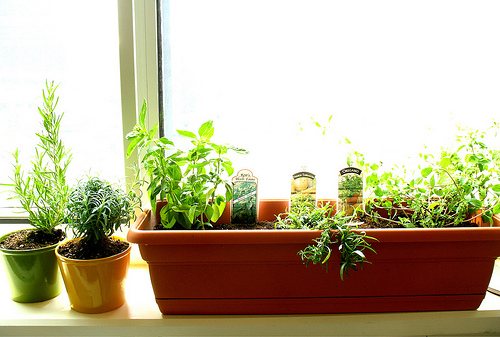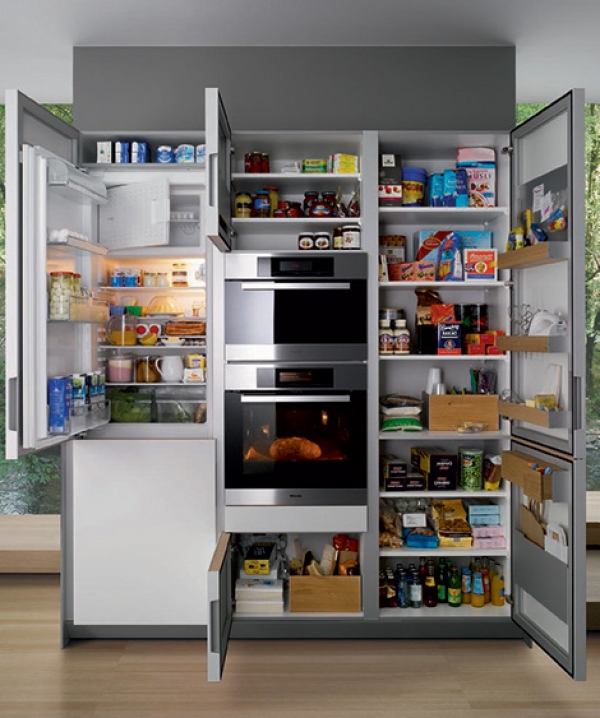Starting a kitchen herb garden is one of the finest ways to add a dash of fresh herb flavors and fragrances to your recipes. All you need is a sunny spot around your kitchen, like the window sill, or you may even grab a place in and around any of your rooms as well. It is quite easy to grow herbs indoor, though make sure there is proper sunlight available for your herbs wherever you place them. Include herbs which are regularly used by you in your food preparations, as also which are relatively easy to plant and maintain.

Choose your herbs: To start with, prepare a list of the herbs you are planning to plant in your kitchen garden depending upon your requirements. The most common herbs found in the kitchen gardens are parsley, cilantro, oregano, basil, sage, mint, rosemary, marjoram, thyme and chamomile, to name a few.
Planting the herbs: Once you have finalizing the list of herbs, you need to decide the method of plantation. For this you can either get the seeds of the herb or plant a seedling or cutting directly. Generally, you need to sow seeds for herbs that are annual plants as in case of cilantro. Perennial herbs like thyme, oregano, and parsley, on the other hand, can be grown from the cutting or seedlings of such herbs. For some herbs like mint and basil you can opt for either seed or seedling.
Container: With your herbs ready to be planted, now you are required to gather some pots. A variety of pots in all shapes and sizes are available at any garden store. Alternatively, you can make use of some of your old stuff as well. An old bone china jar or a teapot would be as effective and attractive a pot from the store.
Soil and fertilizers: You need to have soil less potting mix for planting the herbs in your kitchen garden. This mix can either be purchased from any of the garden stores or you can prepare it at home. The latter job can be accomplished by combining five parts of peat moss with one part each of Perlite and Vermiculite. A further addition of certain nutrients can be done to make the mix fertile with the presence of necessary elements in it. You can add one cup each of bone meal, kelp powder and dolomite limestone for every 15 gallons of the potting mix to provide it with the essential nutrients including calcium, nitrogen, magnesium and phosphorus.
Make it a point to trim the herb plants properly before you bring them indoors to allow the roots to adjust well to the changed environment with less stress from the leaves and flowers. Also, be careful regarding the presence of pests on herb plants transplanted indoors. Moreover, you can attempt to plant two to four herbs in one pot provided that the sunlight and moisture needs of all of them are same. Last but not the least, do regularly prune the herb plants to keep them short and bushy, and enjoy the magic of herbs in your kitchen.



